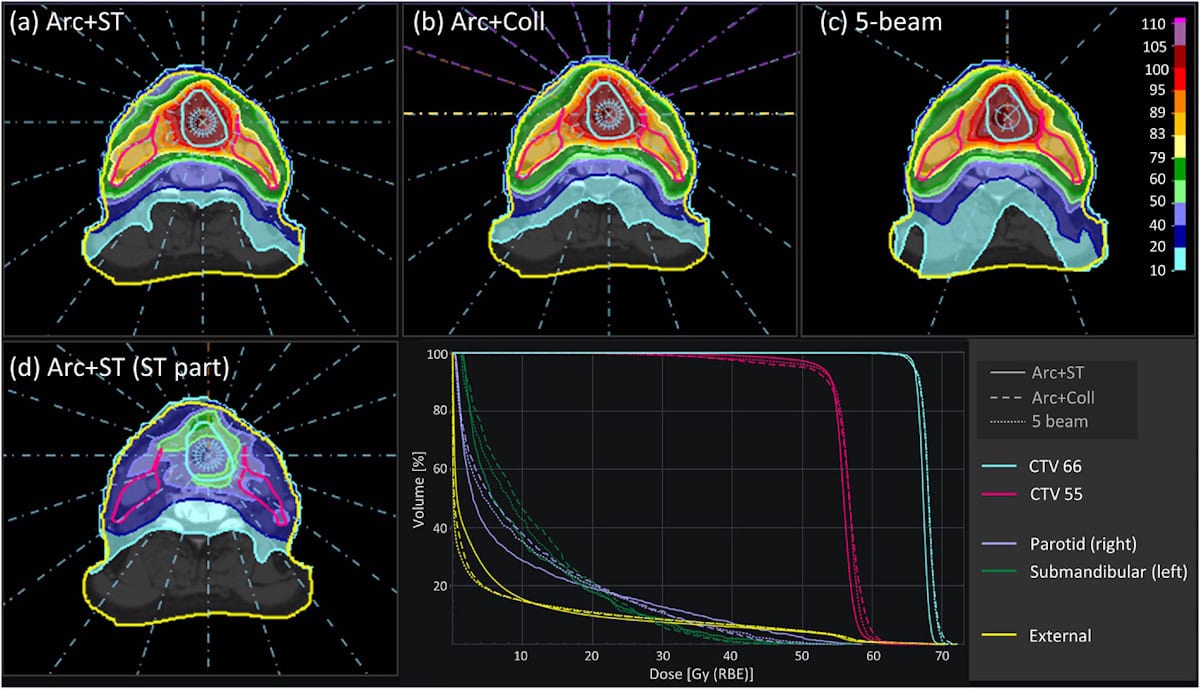Unconventional approach to dark energy problem gives observed neutrino masses
An unconventional approach to solving the dark energy problem called the cosmologically coupled black hole (CCBH) hypothesis appears to be compatible with the observed masses of neutrinos. This new finding from researchers working at the DESI collaboration suggests that black holes may represent little Big Bangs played in reverse and could be used as a laboratory to study the birth and infancy of our universe. The study also confirms that the strength of dark energy has increased along with the formation rate of stars.
The Dark Energy Spectroscopic Instrument (DESI) is located on the Nicholas U Mayall four-metre Telescope at Kitt Peak National Observatory in Arizona. Its raison d’être is to shed more light on the “dark universe” – the 95% of the mass and energy in the universe that we know very little about. Dark energy is a hypothetical entity invoked to explain why the rate of expansion of the universe is (mysteriously) increasing – something that was discovered at the end of the last century.
According to standard theories of cosmology, matter is thought to comprise cold dark matter (CDM) and normal matter (mostly baryons and neutrinos). DESI can observe fluctuations in the matter density of the universe known as baryonic acoustic oscillations (BAOs), which are density fluctuations that were created after the Big Bang in the hot plasma of baryons and electrons that prevailed then. BAOs expand with the growth of the universe and represent a sort of “standard ruler” that allows cosmologists to map the universe’s expansion by statistically analysing the distance that separates pairs of galaxies and quasars.
Largest 3D map
DESI has produced the largest such 3D map of the universe ever and it recently published the first set of BAO measurements determined from observations of over 14 million extragalactic targets going back 11 billion years in time.
In the new study, the DESI researchers combined measurements from these new data with cosmic microwave background (CMB) datasets (which measure the density of dark matter and baryons from a time when the universe was less than 400,000 years old) to search for evidence of matter converting into dark energy. They did this by focusing on a new hypothesis known as the cosmologically coupled black hole (CCBH), which was put forward five years ago by DESI team member Kevin Croker, who works at Arizona State University (ASU), and his colleague Duncan Farrah at the University of Hawaii. This physical model builds on a mathematical description of black holes as bubbles of dark energy in space that was introduced over 50 years ago. CCBH describes a scenario in which massive stars exhaust their nuclear fuel and collapse to produce black holes filled with dark energy that then grows as the universe expands. The rate of dark energy production is therefore determined by the rate at which stars form.
Neutrino contribution
Previous analyses by DESI scientists suggested that there is less matter in the universe today compared to when it was much younger. When they then added the additional, known, matter source from neutrinos, there appeared to be no “room” and the masses of these particles therefore appeared negative in their calculations. Not only is this unphysical, explains team member Rogier Windhorst of the ASU’s School of Earth and Space Exploration, it also goes against experimental measurements made so far on neutrinos that give them a greater-than-zero mass.
When the researchers re-interpreted the new set of data with the CCBH model, they were able to resolve this issue. Since stars are made of baryons and black holes convert exhausted matter from stars into dark energy, the number of baryons today has decreased in comparison to the CMB measurements. This means that neutrinos can indeed contribute to the universe’s mass, slowing down the expansion of the universe as the dark energy produced sped it up.
“The new data are the most precise measurements of the rate of expansion of the universe going back more than 10 billion years,” says team member Gregory Tarlé at the University of Michigan, “and it results from the hard work of the entire DESI collaboration over more than a decade. We undertook this new study to confront the CCBH hypothesis with these data.”
Black holes as a laboratory
“We found that the standard assumptions currently employed for cosmological analyses simply did not work and we had to carefully revisit and rewrite massive amounts of a lot of cosmological computer code,” adds Croker.
“If dark energy is being sourced by black holes, these structures may be used as a laboratory to study the birth and infancy of our own universe,” he tells Physics World. “The formation of black holes may represent little Big Bangs played in reverse, and to make a biological analogy, they may be the ‘offspring’ of our universe.”
The researchers say they studied the CCBH scenario in its simplest form in this work, and found that it performs very well. “The next big observational test will involve a new layer of complexity, where consistency with the large-scale features of the Big Bang relic radiation, or CMB, and the statistical properties of the distribution of galaxies in space will make or break the model,” says Tarlé.
The research is described in Physical Review Letters.
The post Unconventional approach to dark energy problem gives observed neutrino masses appeared first on Physics World.








